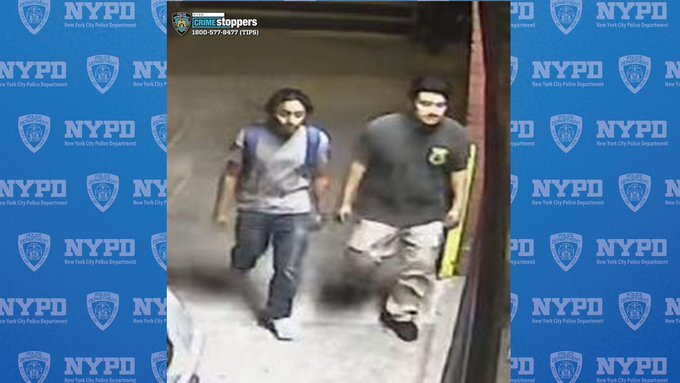By Sadef Ali Kully
A new Civilian Complaint Review Board report on misconduct complaints against NYPD officers released this week showed a small percentage of the police force were responsible for many of the complaints filed with the city agency.
Four major trends showed up in the report: a declining number of complaints against officers, which reached the lowest level since 2001; an increase in the rate at which Civilian Complaint Review Board complaints can be substantiated due in large part to the increased availability of video evidence; a significant shortening of investigation time; and cooperation between the CCRB and the NYPD, resulting in disciplinary recommendations being adopted.
The CCRB complaints filed decreased by 22 percent in the first half of 2015 compared to a year earlier and were the lowest number filed for any six-month period since 2001. The CCRB received 2,092 complaints in the 2015 period, compared to 2,698 in the first six-months of 2014.
The mid-year report of misconduct complaints made against NYPD officers in the last 18 months show that 3,721 officers, or about 10 percent of the total police force, accounted for an estimated 79 percent of complaints.
An overwhelming number of officers — 32,006 — had no complaints against them, while 14 percent of NYPD officers were responsible for all citizen complaints to the Civilian Complaint Review Board, the report said.
The ever-growing access to video has also enhanced CCRB investigations. The percentage of substantiated force cases where video evidence played a role increased by 30 percent since 2012.
“This report documents the confluence of two significant statistics—the continuing decrease in civilian complaints against NYPD officers and the remarkable fact that very few officers are responsible for almost all CCRB complaints,” Richard Emery, the CCRB chairman said. “What this means for New Yorkers is that police misconduct is not intractable and is on the wane. A shift in the NYPD culture towards civilians and the use of body-worn cameras will improve police-community relations, resulting in bigger drops in complaints to come.”
In Queens, the 103rd and 113th precincts in southeast Queens have received the most complaints compared to other precincts across the borough within the last 18 months.
The 103rd Precinct in downtown Jamaica has also piloted two new police programs; body cameras and veteran guides for rookie officers.
Deputy Inspector John Cappelmann of the 103rd Precinct said over the last few years they were down by 50 percent in complaints, but “it is an ongoing effort.”
New CCRB cases were fully investigated in 77 days on average. A year ago a full investigation could take up to 271 days.
After investigations are completed, the NYPD has disciplined over 90 percent of the officers involved in the complaints. The rate was the highest it has been since the creation of the independent CCRB in 1993.
The number of stop-and-frisk complaints declined 23 percent from January through June 2015, compared to the same period of 2014. The reason appears to be the drop in documented street encounters by police, from 45,787 in calendar year 2014 to 13,405 in the first half of 2015, the lowest since 2000.
Reach Reporter Sadef Ali Kully by e-mail at skull

































